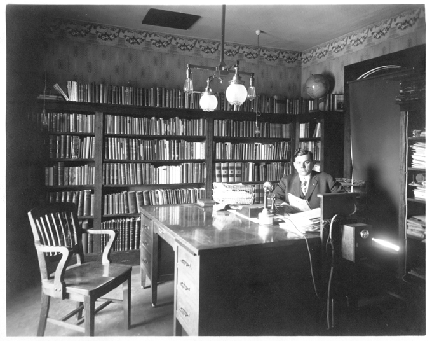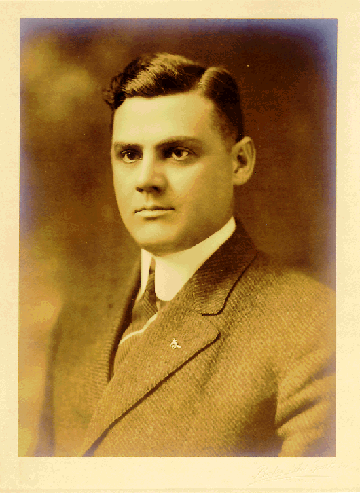Ernest Cherrington
Cherrington was born in Hamden, Ohio on November 24, 1877. He attended Ohio Wesleyan College. After teaching public school for awhile in Ross County, Ohio, he turned to journalism and temperance.
He became editor of the Kingston Tribune in 1900. The following year, he began working for the Ohio Anti-Saloon League. Cherrington moved up through the ranks in his early years with the League, from superintendent of the Canton district to assistant Ohio state superintendent, and finally to state superintendent for the state of Washington.
In 1909, Cherrington was appointed editor-in-chief of The American Issue and in the following year was named manager of the American Issue Publishing Company. He was editor of the American Patriot from 1912 to 1916 and of the National Daily from 1915 to 1916. He helped found the World League Against Alcoholism in 1919.
Cherrington held a deep-seated belief that the alcohol problem would be solved ultimately through education of the public, especially youth, as evidenced in this pamphlet.
He liked to say that the alcohol problem would be cured "not by the next election but by the next generation." He amassed a huge library of books and other printed material in the publishing headquarters in Westerville. The materials he surrounded himself with were from all over the world. He used these materials to help write and edit The Standard Encyclopedia of the Alcohol Problem. Cherrington offered the six-volume set of encyclopedias and other printed material as a tool to help schools educate the next generation about the effects and evils of alcohol.
His hope was that through temperance education, law enforcement problems would disappear. This philosophy threw him into direct conflict with Wayne Wheeler. Even though Cherrington had the approval of many of the rank and file of the League, Wheeler managed to prevent him from taking Purley Baker's place as superintendent.
Cherrington received honorary degrees from Ohio Wesleyan College and Otterbein College. A lifelong Methodist, he was active in that denomination's temperance movement. After he left the American Issue Publishing Company in 1936, he went to work for the Board of Temperance of the Methodist Church. He served as its executive secretary at its headquarters in Washington, D.C. until the late 1940's. He returned to Ohio and died in 1950.
About the League
Museum Hours
Monday-Saturday: 9am-6pm
Closed on Saturday: 1-2pm
Closed on Sunday










